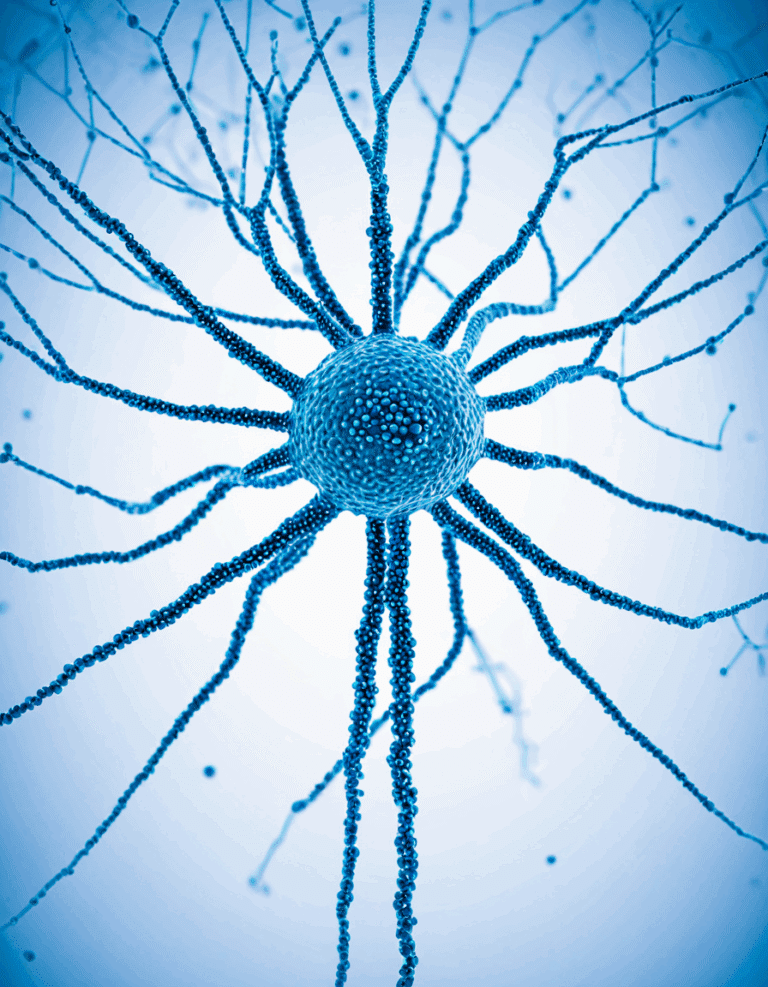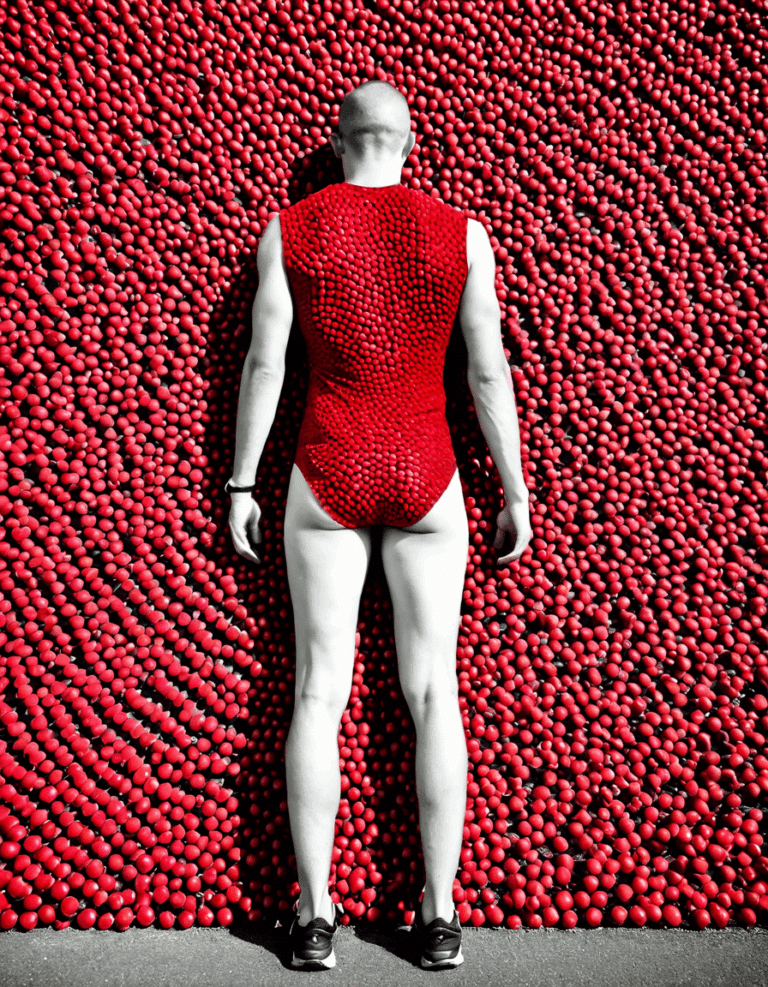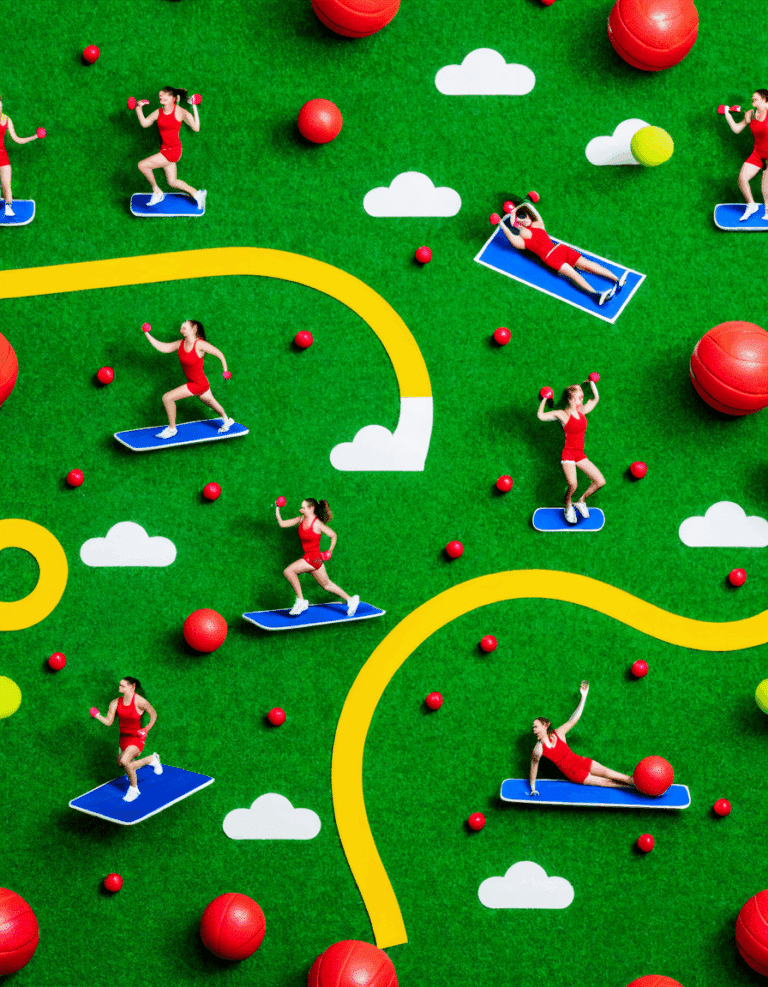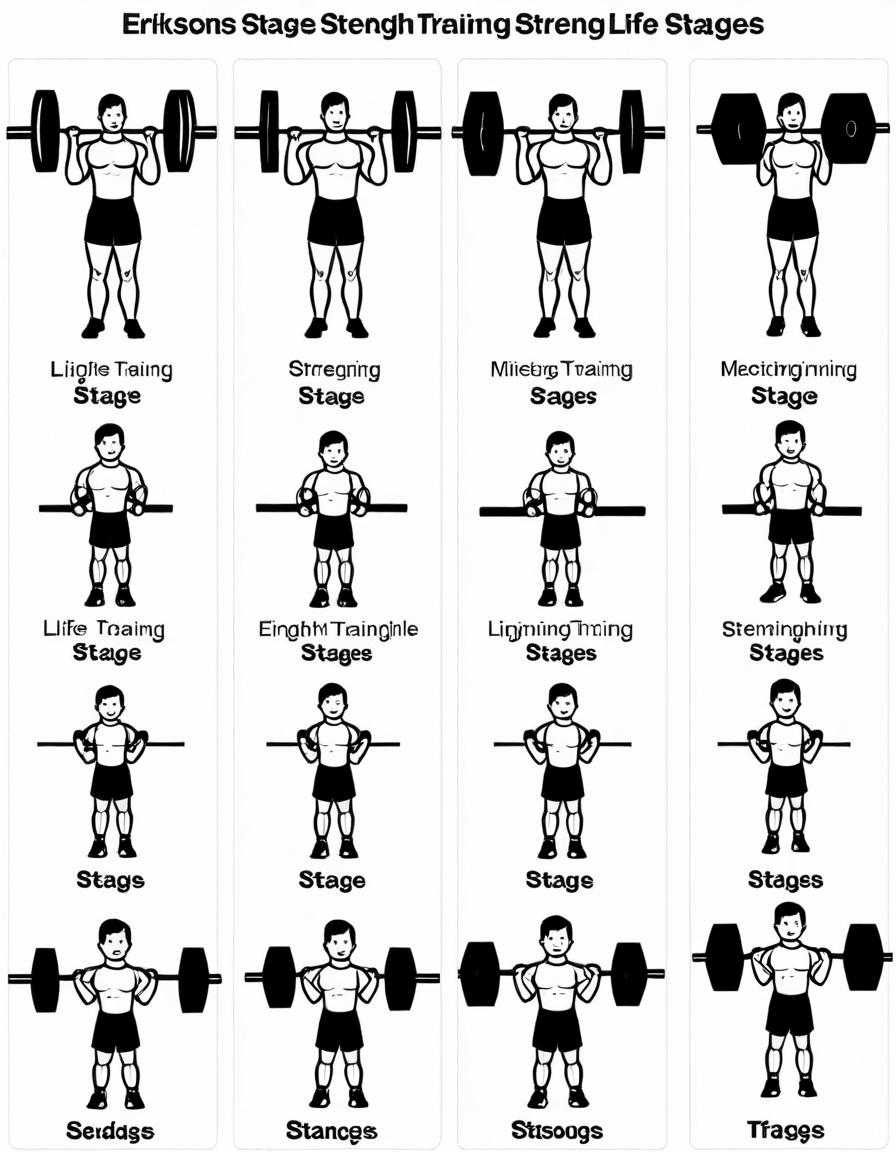When we think about human development, it’s like watching an epic training montage—you grow, you struggle, and ultimately, you transform into something stronger. Psychology has its own version of this journey, thanks to Erik Erikson’s stages of development. Erikson’s stages outline eight significant phases that shape not just our bodies, but our minds and relationships too. Understanding these stages can inspire you to become the most shredded version of yourself while enhancing your social game.
So, grab your dumbbells and let’s dive deep into the magic of Erikson’s stages! Whether you’re looking to stack on muscle, shred fat, or just crush life, knowing how these stages work can provide you with the mental and emotional muscle to reach your fitness goals!
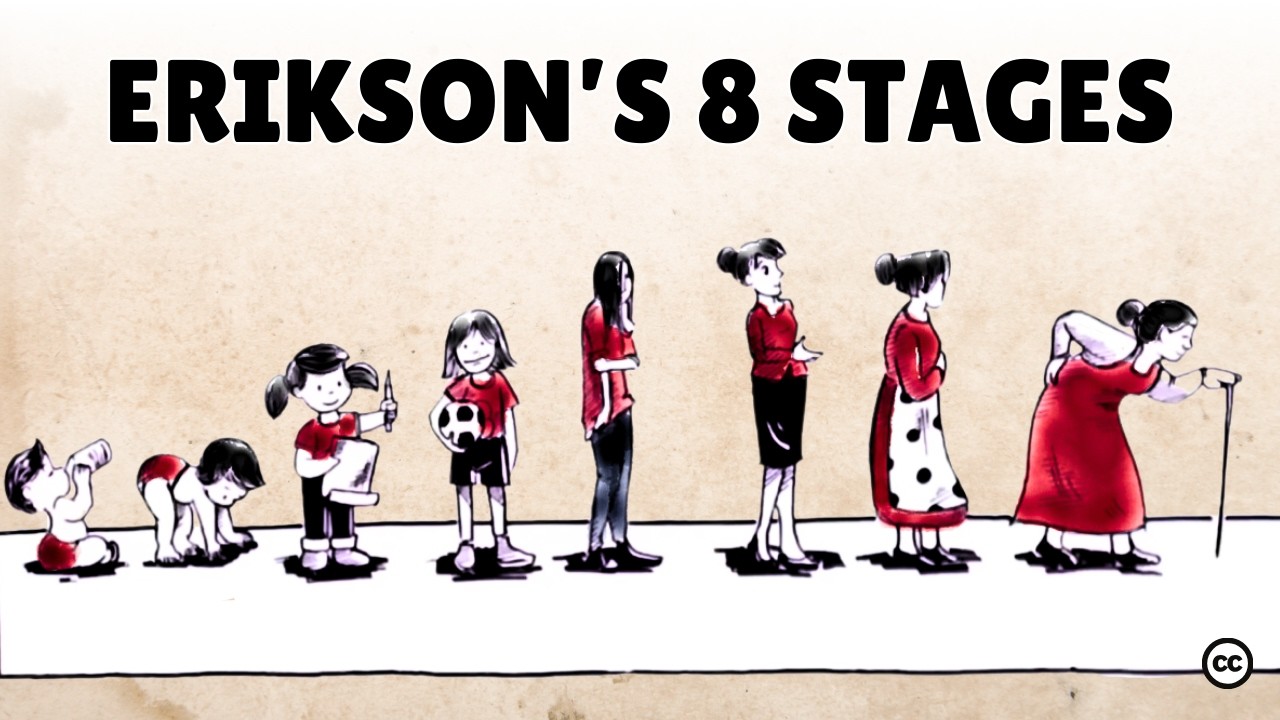
## Erikson’s Stages: The Magic of Human Development
Erikson’s stages map out the evolution of our personalities from the cuddly infant all the way to mature adulthood. Each stage unfolds like a new chapter in the ultimate fitness handbook—one that not only builds your physical state but also fortifies your emotional and social well-being.

1. Trust vs. Mistrust (Infancy)
In the early days, it’s all about trust. Did your caregiver respond when you cried? A successful resolution fuels a sense of security that’s akin to a solid nutrition plan. If neglected, however, you might carry mistrust into adulthood, making it tough to build meaningful relationships later on.
2. Autonomy vs. Shame and Doubt (Early Childhood)
Here’s where the toddlers flex their independence. Those who get a thumbs-up to explore feel amazing and confident. But if harsh criticism comes their way, they might develop shame. This stage can set the groundwork for your self-esteem, making you either unstoppable in the gym or hesitant to try new things—like a killer workout routine.
3. Initiative vs. Guilt (Preschool Age)
This phase is all about claiming power. Kids direct their play, and that can lead to a big boost in confidence if they nail it. However, failing to find that initiative may leave a trail of guilt behind. Channeling that childhood exploration can help you lead your fitness journey, inspiring others along the way.
4. Industry vs. Inferiority (School Age)
Welcome to the school of hard knocks! During this period, kids face new academic and social challenges. Competent kids thrive and feel industrious, while those who struggle often feel inferior. Remember, feeling capable matters when you step into the gym or tackle a new exercise program.
5. Identity vs. Role Confusion (Adolescence)
Teenage years are no joke. As you experiment with independence, you’ll carve out a sense of self. Those who achieve this can strut into adulthood with confidence. Failing to sort this stage can lead to confusion later—a lesson made clear in situations like the Poppi lawsuit, where identity crises can have serious social implications.
6. Intimacy vs. Isolation (Young Adulthood)
Are you forging deep connections? This stage is all about intimacy. Build those meaningful relationships, and you flourish; fail to do so, and you risk isolation. Today’s digital landscape complicates things, but it’s critical for both mental and social fitness, especially when studies show millennials struggle with intimacy in a tech-driven world.
7. Generativity vs. Stagnation (Middle Adulthood)
Mid-life is your chance to give back! Whether it’s through work, family, or community service, if successful, you’ll feel generative and fulfilled. On the flip side, stagnation can leave you feeling unproductive. Interestingly, trends in wellness, such as people embracing Kegel balls, show how nurturing yourself and the community can intertwine in this stage of life.
8. Integrity vs. Despair (Maturity)
Finally, we reach maturity, where self-reflection kicks in. You either look back with pride or wrestle with regret. Many face despair primarily due to societal perceptions about aging. Maintaining physical health, perhaps by using Voltaren cream for discomfort, allows you to embrace this stage gracefully and confidently.
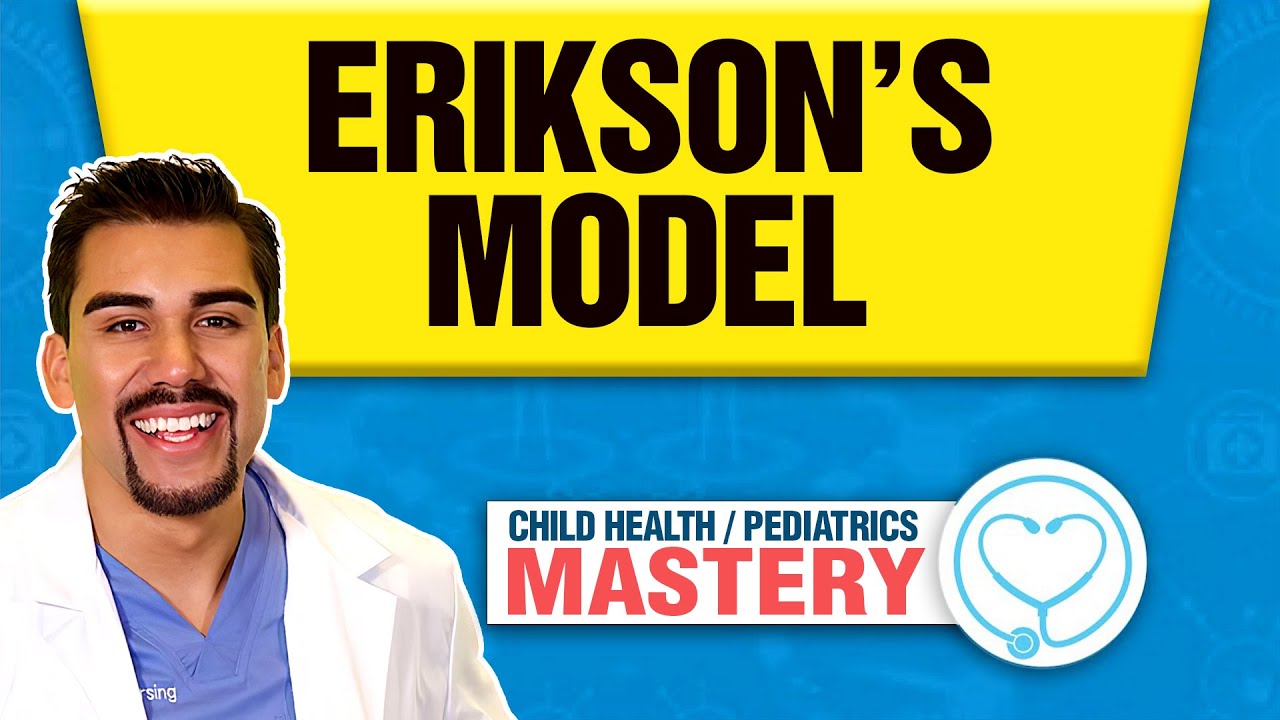
The Interconnectedness of Erikson’s Stages with Modern Life Experiences
It’s not just about personal growth; these stages intermingle with modern challenges. Issues like socio-economic hurdles can throw a wrench in the works, affecting how well you navigate these stages. The Kernig sign, a clinical feature in medical emergencies, serves as a reminder of how physical conditions can influence personal development, especially when individuals face long-term mental or emotional trauma.
Staying tech-savvy with apps for mental health has brought fresh tools into the game. They serve as support systems, helping you achieve each of Erikson’s stages effectively. It’s a glimpse into how you can merge modern innovations with age-old psychology, thereby enhancing self-discovery and resilience.

Innovations in Integrative Perspectives on Erikson’s Stages
Integrating Erikson’s stages with modern life can produce a refreshing perspective on personal growth. Mental health apps are revolutionizing how we handle emotional hurdles, giving people the tools to navigate their developmental stages like a pro.
Also, the growing focus on sustainability shapes generativity. People are working toward not only personal but communal well-being, making healthier choices that also benefit the community. For instance, engaging in local fitness events or advocating for better fitness resources fosters belonging and contribution.
As we engage with Erikson’s insights, we realize every stage represents opportunities for growth, resilience, and personal triumph. Embracing the intertwining of these stages with our health journeys shapes our paths responsibly. After all, transforming your body and mind is just like taking on the gym—it’s about dedication and time. So power through your Erikson’s stages and unleash that inner champion to revolutionize your life for the better!
By appreciating the magic behind Erikson’s stages, you’re not just learning about development—you’re learning how to conquer life itself! Embrace each phase, train hard, and get shredded, my friends! The future’s waiting for those who dare to push through.
For more insights, check out our deep dive into Erikson ‘s Stages, and keep striving for greatness!
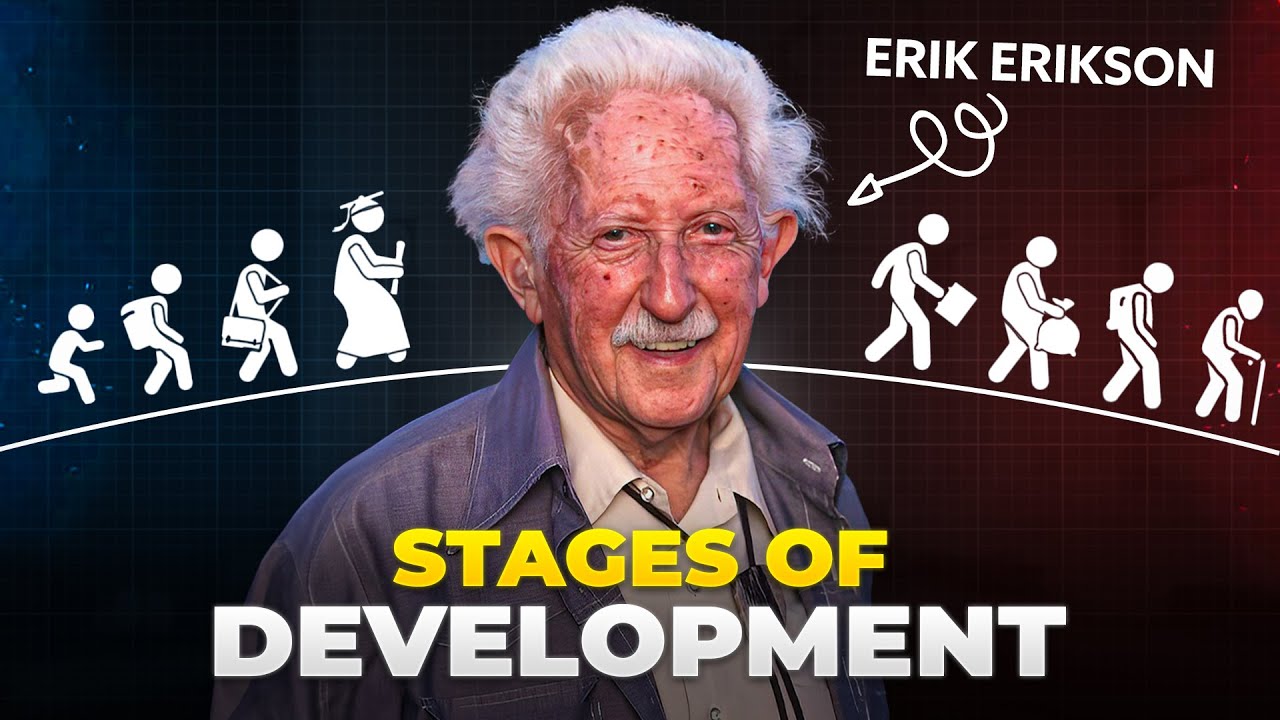
Eriksons Stages That Shape Human Development Magic
The Foundation of Life: Trust vs. Mistrust
Did you know that the first stage of Erikson’s stages, ranging from infancy to about 18 months, is all about trust? Infants learn whether they can rely on their caregivers for needs like food and comfort. In a similar way, some people trust their favorite celebrities during tough times, just like those in attendance at the sean diddy combs bail hearing may have done. Establishing trust in early childhood can set the tone for emotional resilience later in life. Imagine never having to worry about the integrity of your reusable water Balloons when you’re just a kid! That carefree confidence really shapes how we grow up.
Growing Pains: Identity vs. Role Confusion
As we enter adolescence, Erikson’s stages take a fascinating turn with the quest for identity. Teenagers start to wonder who they are and what they want to become. This phase can be tumultuous, much like figuring out which fall movies on Netflix will resonate with their changing tastes. It’s a time of experimentation and sometimes confusion. The struggle for identity influences many choices, including how young adults handle relationships and careers later in life. Just think about how flavors change over time—much like the wide array of poppi flavors you might try before finding your go-to favorite.
The Broad Spectrum of Relationships
Erikson’s stages continue to illustrate the interplay between personal growth and social relationships. By the time individuals hit middle adulthood, they are navigating the challenges of relationships, whether it’s raising children or contributing to society. During this time, encounters can also illuminate societal issues, like understanding privacy laws in addiction treatment. The experiences we undergo collectively shape our perspectives and how we relate to and connect with others. When celebrating traditions like gung hay fat choy, we become part of something larger, reinforcing community bonds that enrich our lives.
In these engaging life stages, even simple stats can wow you. Did you know that certain vitamin deficiencies, like what causes beri beri, can alter developmental pathways too? Erikson’s stages of development remind us that human growth is a mix of psychological and biological factors—much like finding the right balance of non drowsy Benadryl to stay alert during allergy season! Each stage offers insight into why we turn out the way we do, how we embrace change, and how our various experiences shape our lives.









